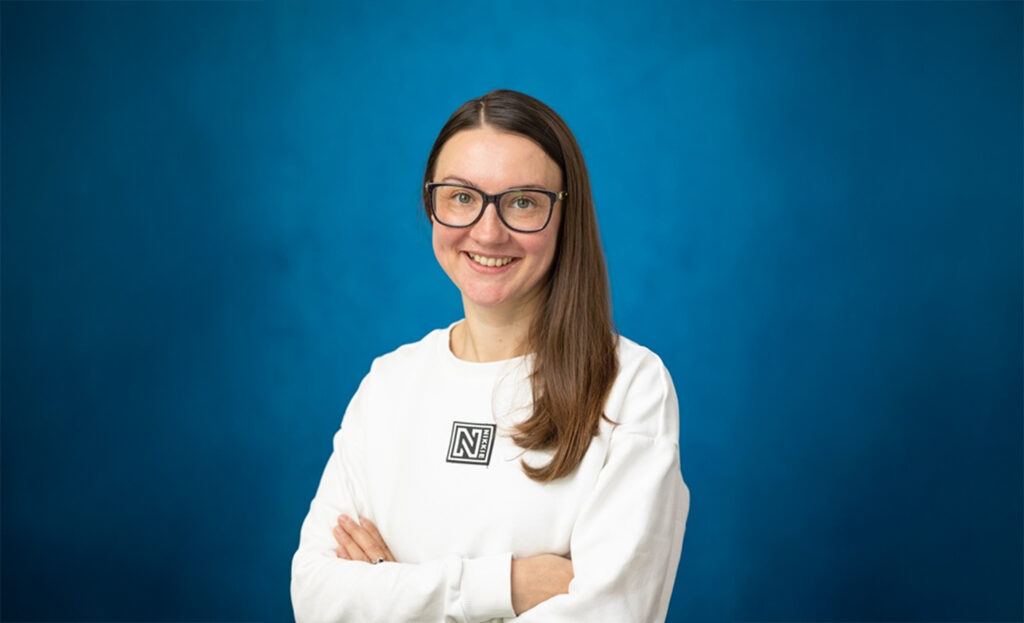Switching to Dutch does not guarantee higher quality education
Language alone doesn’t define educational quality—teaching does. Whether in Dutch or English, students thrive when teachers are well-prepared and supported, argues Nicoleta Meslec. ‘Language should be a tool for connection and inclusion.’

In recent years, calls to restore Dutch as a language of instruction in Dutch universities have grown louder. Politicians argue for the importance of national identity, faculty emphasize the relevance of engaging with Dutch society, and students express concerns about the quality of their education in a second language. While these concerns are valid there is also another side of the story: for many academics, especially those from international backgrounds, the switch to Dutch poses real and complex challenges.
As a scholar who has worked in the Netherlands for many years, I’ve seen a gradual shift from Dutch to English in academia, accompanied by the hiring of many international colleagues to support the growing number of international programs. I truly value working in this diverse environment—it has brought not only a broader exchange of knowledge, but also new ways of thinking, different cultural norms, resilience, and varied perspectives. Our students benefit from this richness as much as we do.
Recently, however, there’s been a strong shift back toward Dutch. Just a few weeks ago, we were informed—on very short notice—of a proposal to transition certain programs, such as psychology, back to being taught in Dutch. I couldn’t help but think about how this sudden change might feel for our international colleagues involved in those programs. It raises important questions about inclusion, institutional support, and the broader implications for academic mobility and collaboration.
This is a guest column by the Tilburg Young Academy (TYA). Each month, a different member of TYA highlights developments in the academic world.
My experience is that while international staff members are often encouraged to learn Dutch, meaningful proficiency — especially in academic writing or teaching — takes years of consistent practice. This is something many of us struggle to fit alongside our research, teaching, and administrative responsibilities. Expecting a structural switch to Dutch without parallel investment in language training and institutional support (e.g. freeing up time) makes the task difficult to achieve.
There is also a risk that Dutch can quickly become the default, excluding non-native speakers from key discussions — even unintentionally. As more programs and materials are pushed to shift into Dutch, international colleagues may find themselves sidelined, unable to fully contribute to curriculum development or departmental leadership. This is especially painful given that these same colleagues were recruited under the banner of internationalization and now risk becoming outsiders in the very institutions that once welcomed them.
Switching to Dutch does not guarantee higher quality education — just as English didn’t. The challenge lies not in the language itself, but in how we use it: are we training students to think critically, express themselves clearly, and apply their knowledge to real-world issues? That can, and should, be possible in both languages — provided we prepare and support our teachers adequately. The reconsideration of the role of Dutch in academia should be done with openness, nuance, and an eye toward inclusion. Language should be a bridge, not a barrier.
Nicoleta Meslec is an Associate Professor in the Organizational Studies Department at Tilburg University.






